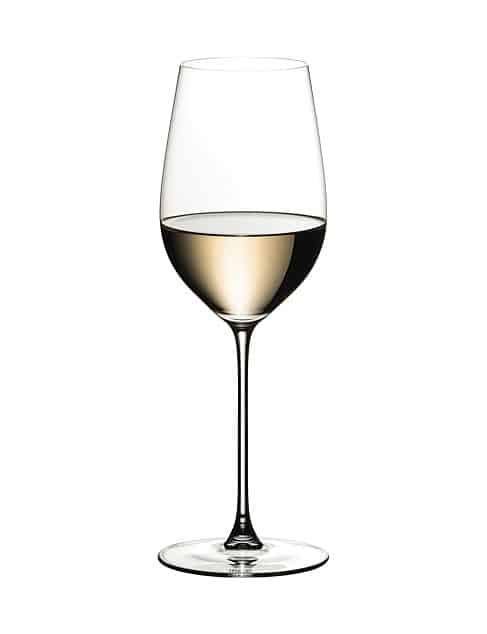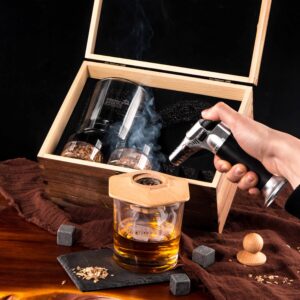Pour about 30 ml of wine into a glass.
1. Observing
- Tilt the glass slightly.
- Check that the wine is clear (not hazy).
- Observe its colour against a white background and determine the depth (intensity) and shade (hue) of colour. Look at the rim and the body of the wine: the colours may be different. Are the colours brilliant or dull?
- Look for viscosity: if a wine is high in alcohol, droplets of the wine may adhere to the side of the glass after the wine is swirled.
- Record the words that describe the wine’s appearance.
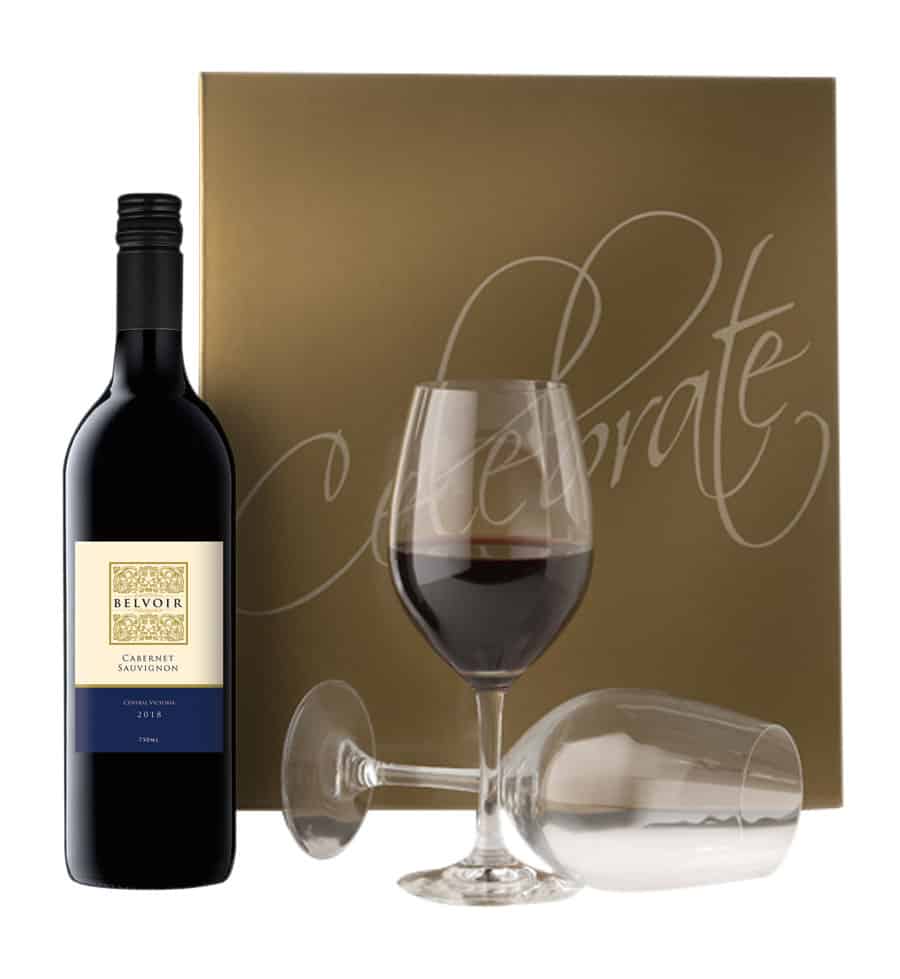
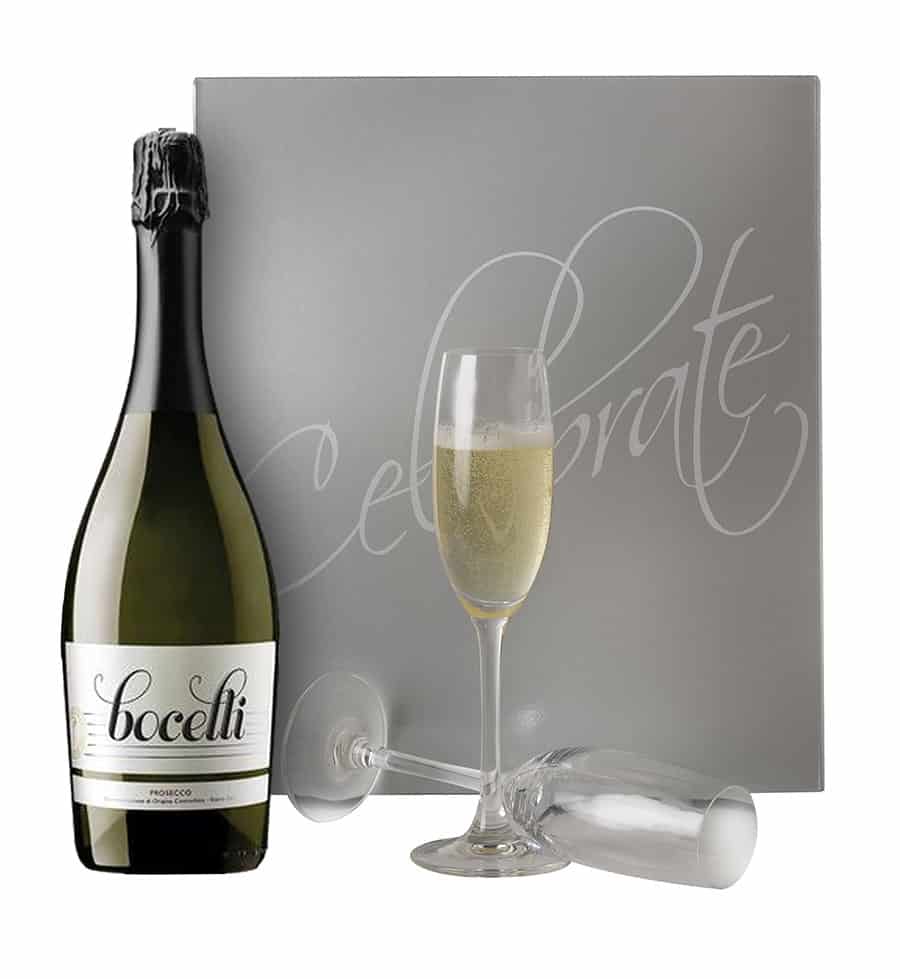
2. Smelling
Sniff the wine. The volatile compounds are detected by the olfactory bulb in the brain. Swirl the glass and then sniff the wine again. A couple of sniffs are sufficient as our sense of smell is easily fatigued, and when this happens it becomes more difficult to detect and discern the aromas.
- Check if the wine is clean, i.e does not have any moldy, acetic (vinegar-like) or dirty (smelly) characters.
- Attempt to recognize and describe the various aromas. These fall into three possible categories: primary fruit characters, developed fruit characters and characters derived during the winemaking process. The words that we use to describe aromas (as well as flavours) are referred to as descriptors, e.g fruity, floral, raspberry, toasty, smoky.
- Estimate the intensity of these smell sensations: are they light, medium or intense?
- Assess the harmony of the various sensations: no one smell, with the possible exception of fruit characters, should dominate.
- Record your impressions.
3. Tasting
Take a small volume of wine (about 10 ml) into your mouth. Move the wine around in the mouth for about 10-15 seconds. While the wine is in the mouth, think about the flavours, tastes and mouthfeel sensations that
you are experiencing. Then swallow or spit out the wine. Have you ever wondered why wine tasters make those peculiar noises when tasting wine? It actually helps to get the most out of the wine. The warm environment of the mouth releases the volatile compounds from the wine, which then pass through the retronasal passage to the olfactory bulb in the brain. Opening the mouth slightly and drawing air in help to aspirate the volatile compounds out of the wine. This action, although a bit noisy, does enhance the perception of the wine’s flavour.
There are four basic tastes: sweet, sour, bitter and salty. We normally encounter only the first three when tasting wine. Detection of these tastes does not take place exclusively in any particular region of the tongue, and it is important to move the wine around your mouth and over all parts of the tongue to appreciate them fully. Bitterness is the most localised of the taste sensations and its perception is concentrated towards the back of the tongue. The presence of bitterness can lessen the enjoyment of the wine.
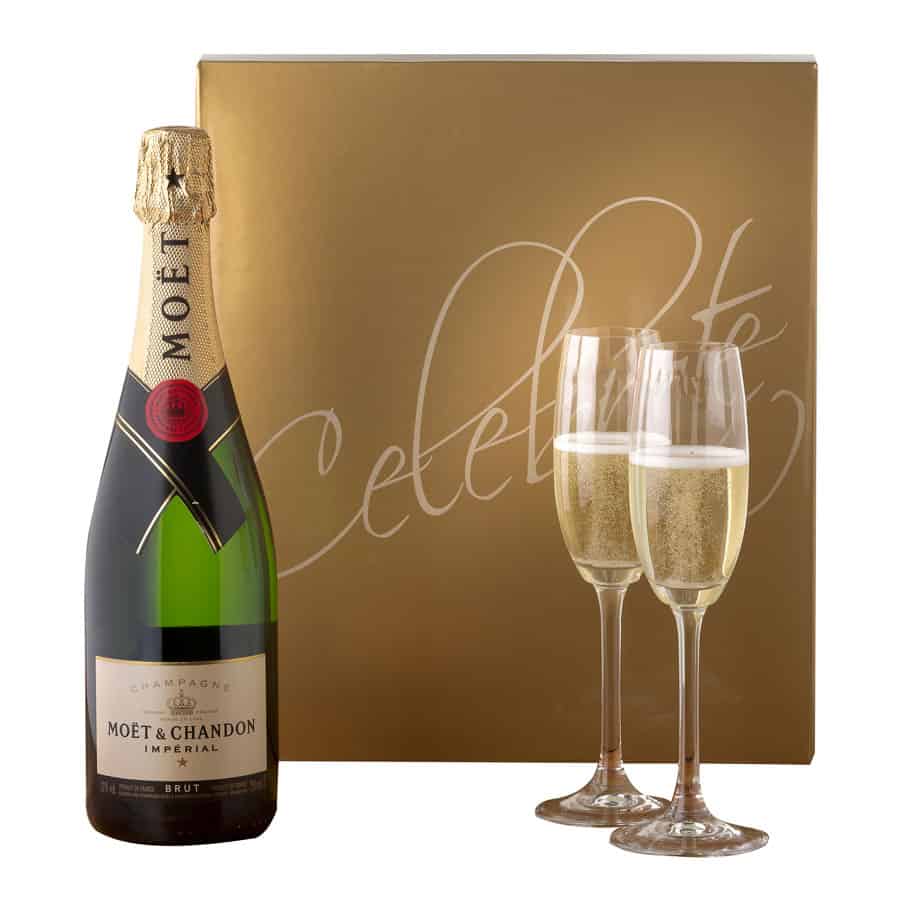
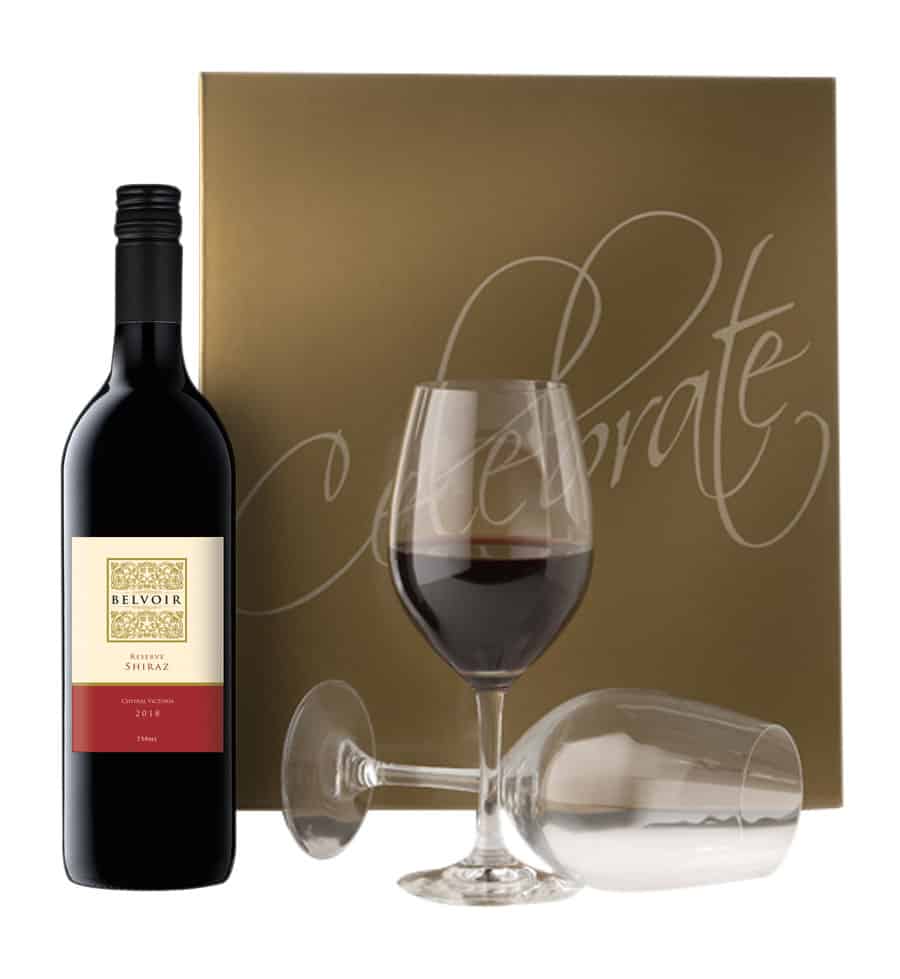
The compounds that give wine its aroma also contribute to flavour sensations experienced in the mouth. Similar descriptors are used to describe flavours as are used for aromas. Flavour sensations are also described as being light, medium or intense. Some sensations are more obvious immediately the wine enters the mouth, while others intensify as the wine warms up. The ever-changing narure of these flavour experiences is often referred to as the development or evolution of the wine in the mouth.
Another commonly used term is complexity. It describes the diversity of the aroma and flavour sensations. We also use the terms length and aftertaste when referring to the flavour attributes of a wine; these relate to the intensity of flavour over the palate and how long the flavour sensations last in the mouth after the wine is tasted. Acidity also contributes to the length and finish. Astringent sensations (puckering of the mouth) are often experienced when tasting red wines, especially those high in tannins. The tannins interact with the saliva in the mouth, nullifying its lubricating action, and thus the mouth feels dry (as with a lack of saliva). Tannins can also contribute textures; some of the words that are used to describe the feel of the tannins are soft, silky, supple, grainy, furry and puckering.
Textural features are not exclusive to red wines. White wines, particularly those that have been stored on yeast lees, can have a creamy feeling in the mouth. Another tactile sensation is that due to high or unbalanced alcohol levels present in some wines. These wines (either red or white) will give a warm or hot feeling at the back of the mouth, particularly after the wine has been swallowed.
Experience the wine on the palate and look for…….
- The type, intensity and harmony of the sensory characters
- The weight of the wine in the mouth
- The balance between the acid and sweet tastes
- The balance between fruit characters and those of, for example, acid, sugar, alcohol, tannins, wood
- Richness and fullness on the palate
- Pleasant mouthfeel (tactile sensations)
- Overall structure
- Contribution of negative characters (eg bitterness, coarseness, hotness, dirty or unpleasant odours, tastes or taints). These normally should not be present, but if they are, they should be minimal. Quality wines do not have to be squeaky clean. It is the overall impression of the wine’s positive features that portrays its quality, providing negative characters are not dominant.
- The length
- The finish
- The aftertaste
Most of all enjoy our wine selection
-
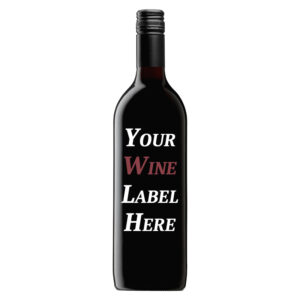 Belvoir Cabernet Sauvignon$23.50
Belvoir Cabernet Sauvignon$23.50 -
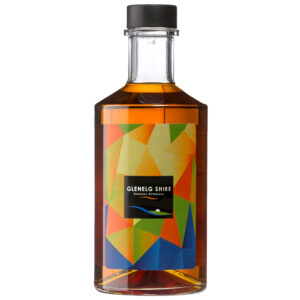 Corowa Distillery Whisky – Corowa Characters – Custom Labelled$91.00
Corowa Distillery Whisky – Corowa Characters – Custom Labelled$91.00 -
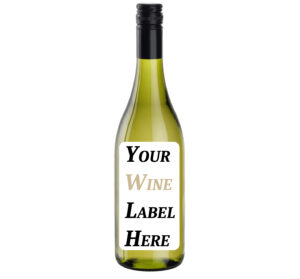 Fifty Acre Sauvignon Blanc 187mL Piccolo$6.00
Fifty Acre Sauvignon Blanc 187mL Piccolo$6.00 -
 Fifty Acre Shiraz Piccolo187mL$6.00
Fifty Acre Shiraz Piccolo187mL$6.00 -
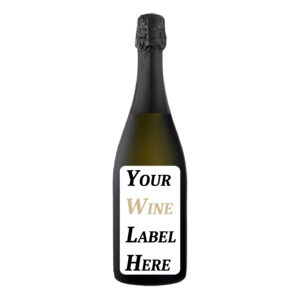 Fifty Acre Sparkling Pinot Chardonnay NV Piccolo 200mL$6.00
Fifty Acre Sparkling Pinot Chardonnay NV Piccolo 200mL$6.00 -
 Bleasdale Sparkling Shiraz NV$29.50
Bleasdale Sparkling Shiraz NV$29.50 -
 Fifty Acre Prosecco NV$22.00
Fifty Acre Prosecco NV$22.00 -
 Francesco Wines Prosecco$21.00
Francesco Wines Prosecco$21.00 -
 De Bortoli Chardonnay$15.00
De Bortoli Chardonnay$15.00

